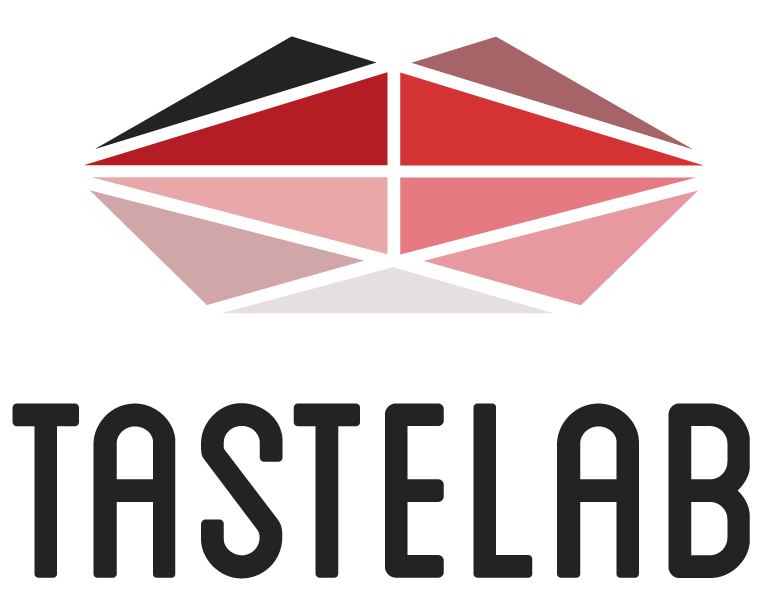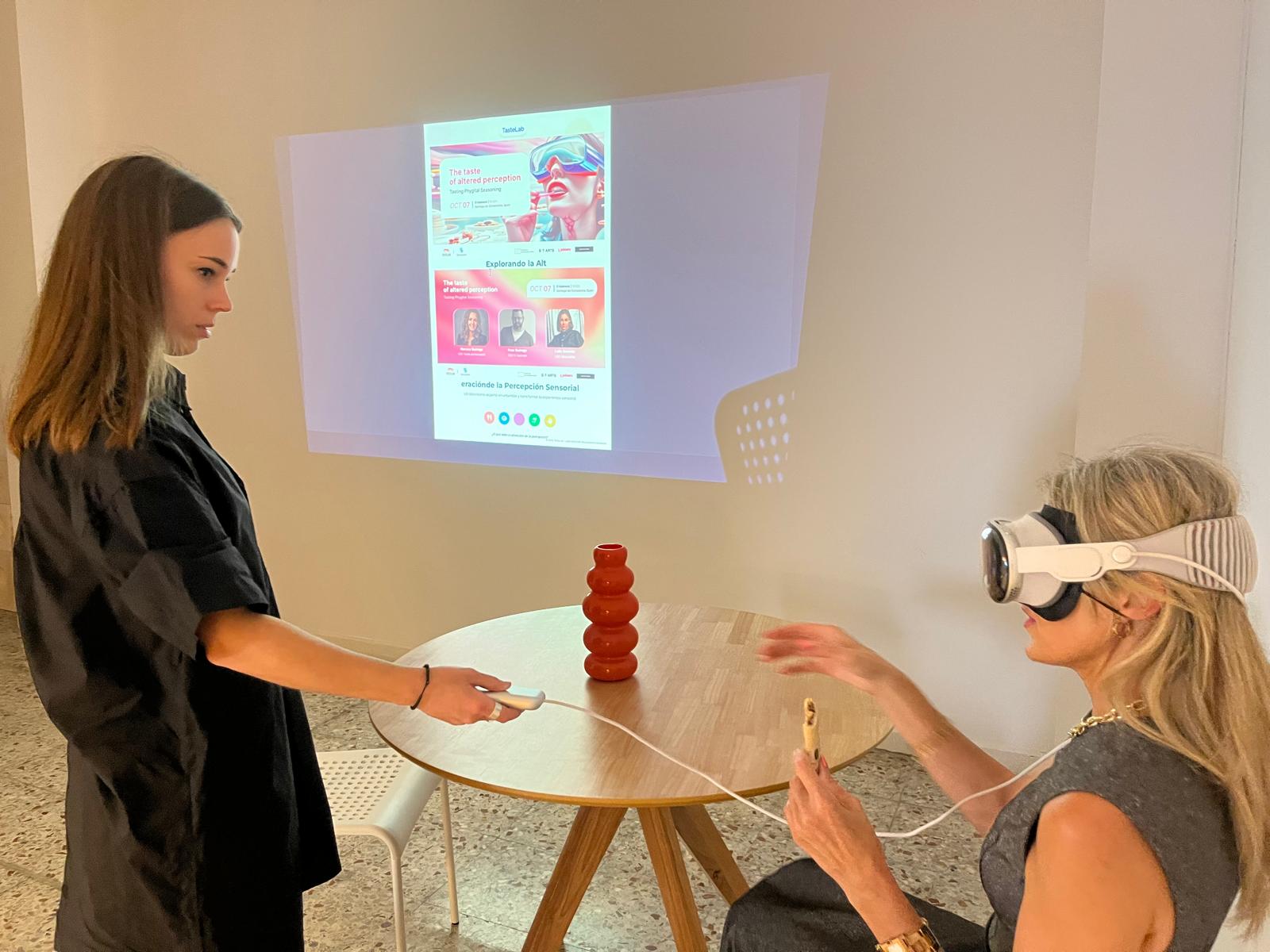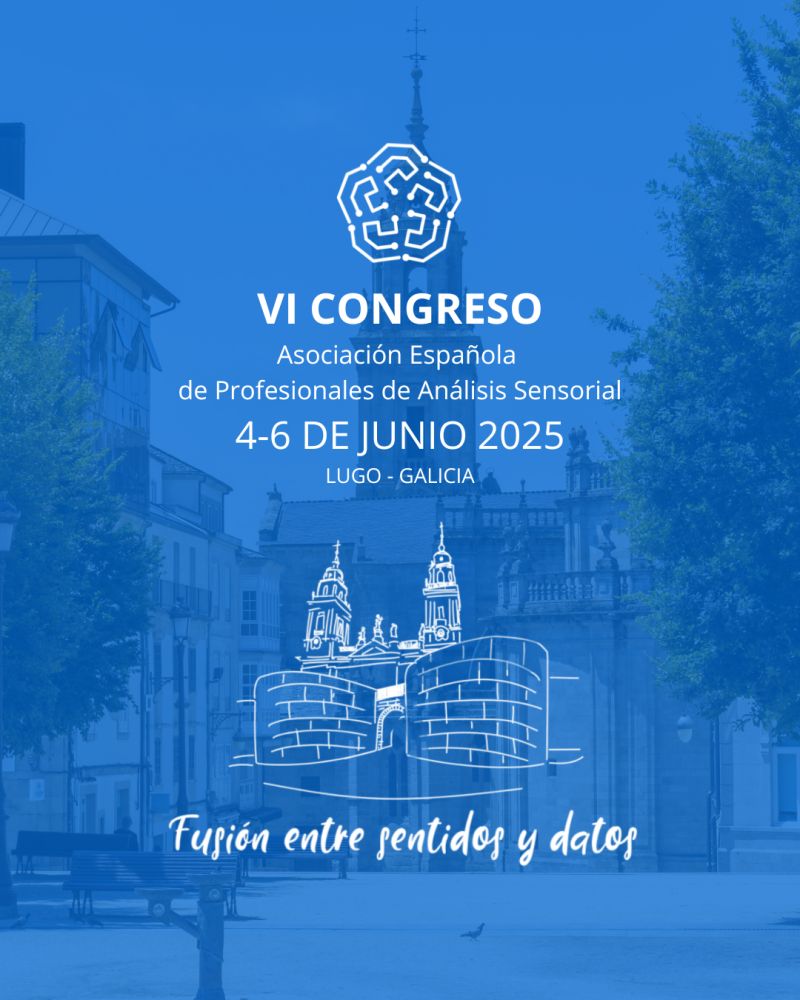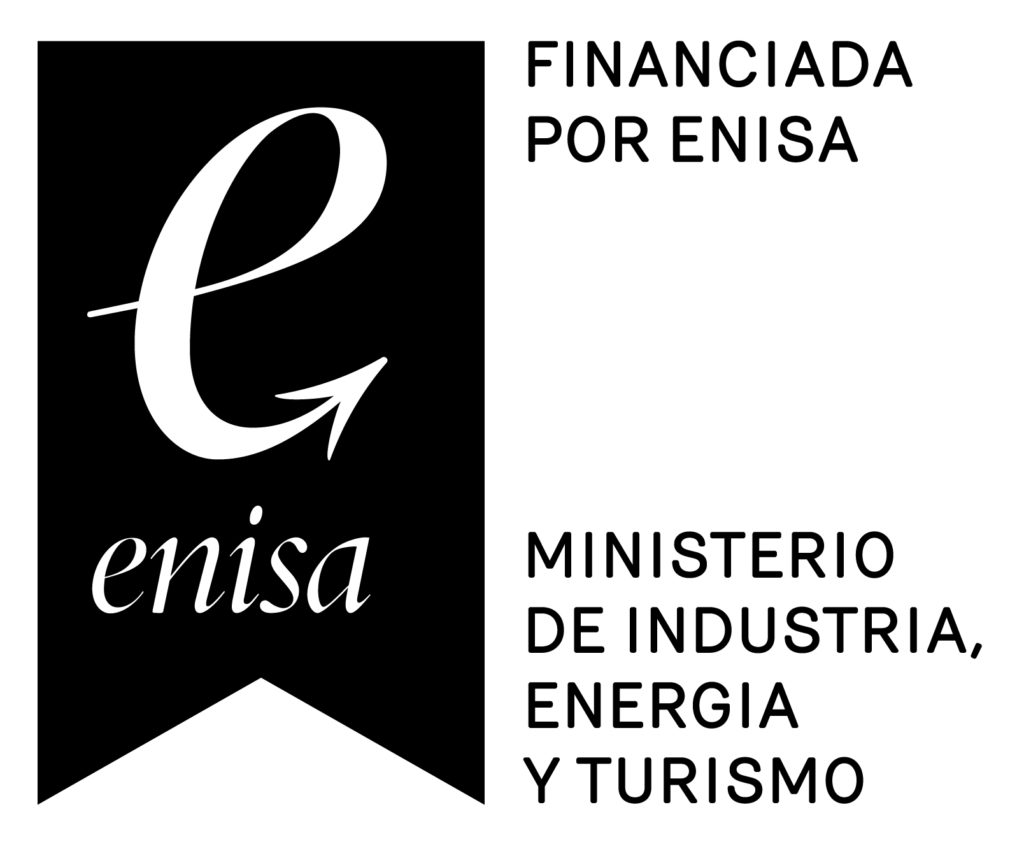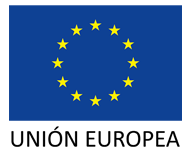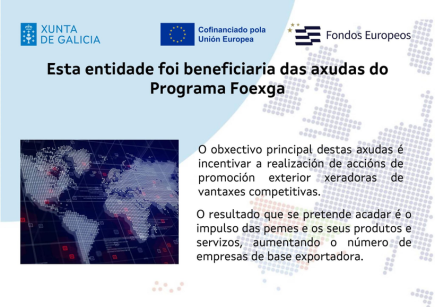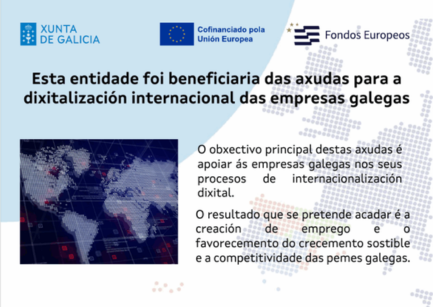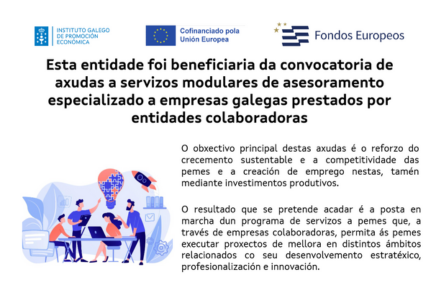Art and science converge within the European S+T+ARTS (Science + Technology + Arts) initiative, which promotes collaboration between artists, scientists, and technology experts to explore new pathways for innovation.
Within this framework, artist Laila Snevele and the team at TasteLab, specialists in sensory analysis and in the digitalization of human perception through the Sensesbit platform, joined forces to create something entirely new an experiment that merges sensory science, art, and augmented reality.
The experiment explored how immersive augmented reality (AR) environments can modulate sensory perception during food evaluation. A specific sensory methodology was developed, combining ISO-standard procedures with digital data capture through the Sensesbit platform and advanced analytical tools such as bootstrapping and AI-assisted modelling.
Participants evaluated anonymized Greek yoghurt samples under three controlled conditions: a neutral environment, a sweet-enhancing environment, and an acid-enhancing environment. During testing, participants entered their ratings in real time using Sensesbit while wearing Apple Vision Pro headsets that altered visual and auditory stimuli to simulate sweet or acidic contexts. Additional olfactory cues were introduced to study cross-modal effects.
Sensory attributes — appearance, aroma, taste, texture, and overall acceptance — were assessed using 9-point hedonic and Just-About-Right (JAR) scales. Data were analyzed following ISO 8586, 8589, 11132, and 4120 standards to ensure scientific rigor and reproducibility.
Results showed that while overall product acceptance remained stable, the perception of sweetness and acidity varied significantly across immersive contexts.
These findings confirm that multisensory cues can alter perception even without changing product composition, opening new possibilities for sensory design, immersive tasting experiences, and context-driven product development.
We are deeply grateful to the S+T+ARTS program for the support and opportunity to collaborate across disciplines bringing together art, sensory science, and technology to create something truly innovative.
